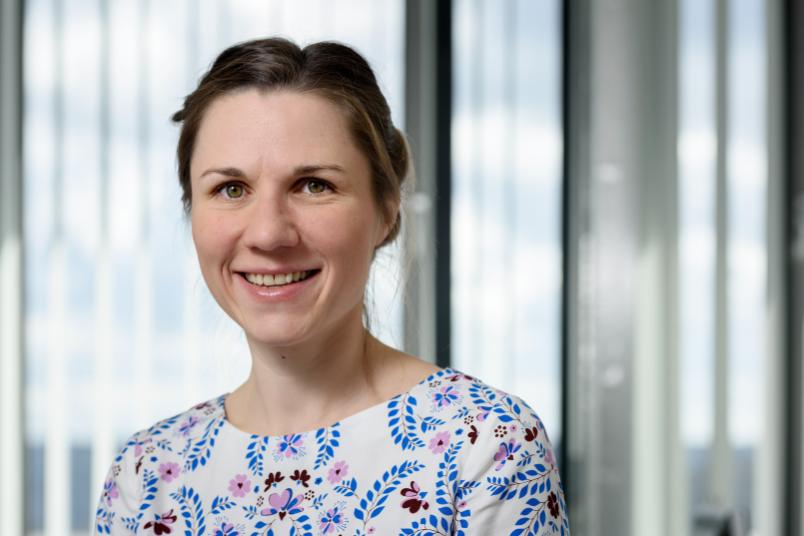
English and American Studies
Beauty is…
Body image in the media: from diet culture to body positivity.
What is beautiful? This question is not easy to answer, as beauty is not objective. Beauty ideals are determined by their cultural and historical context, are social norms, produce and reproduce social power structures. Professor Heike Steinhoff from Englisches Seminar at Ruhr-Universität Bochum (RUB) has examined these ideals closely. She states: the trend is from optimising the body to mental optimisation. Love your body, no matter what it looks like – that sounds good at first, but it places the responsibility for your own well-being solely on the individual.
The body as a project
“When we watch reality TV formats of the 2000s, their plot often revolves about optimising the body,” she summarises. “We call this a makeover culture, a culture in which we are encouraged to look at ourselves and especially at our bodies like a project that needs to be constantly optimised,” says the American studies researcher. Ideally, the bodies should be slim, toned and fat-free. The dominant body ideal is also white and able-bodied, i.e. not handicapped.
“Due to social media, the way we look at beauty has evolved,” points out Heike Steinhoff. Physical self-optimisation is still taking place, which is expressed for example in the use and linking of fitness trackers and hashtags such as Fitspiration. The focus is not only on beauty, but also on health and fitness. “Under neoliberalism, we are becoming active subjects who monitor and standardise ourselves, including through apps,” as Steinhoff elaborates.
From physical to mental makeover
There is resistance to this. The positive visualisation of bodies that are invisible in the media and stigmatised in our culture is what the Body Positivity Movement is all about, which was born in the social media. It wants nothing to do with the usual beauty ideals and advocates self-love and body acceptance. Many social networks ask to post selfies that do not correspond with the dominant image. “As a result, enterprises also pick up on these trends and everything seems to become more diverse,” says Heike Steinhoff. But while a plus-size model like Ashley Graham obviously doesn’t wear the size zero that is prevalent in the fashion industry, she still fits into the current ideal of beauty.
There is a shift from physical to mental makeover. The rallying cry is: no matter what you look like, you just have to love yourself and your body, no matter what others say. Emotional campaigns obscure the fact that this approach ignores structural inequalities, ignores the social component, and makes the individual shoulder the entire responsibility.
The image has become more diverse
Still, Heike Steinhoff doesn’t want to paint too gloomy a picture: “It’s not that nothing has changed – the image of physical beauty has become much more diverse,” she concludes. “As researchers, our task is to critically examine these developments and to reveal what is not visible at first glance.”